Your source for the latest cryptocurrency news — trends, analysis, and market movements.

Bitcoin and Litecoin are two of the oldest and most recognized cryptocurrencies in the world. Both are based on blockchain technology and aim for decentralization, but they differ in speed, fees, and long-term goals. If you’re wondering which one to choose for investing or everyday transactions, this guide explains everything in simple terms.

Discover the best Monero (XMR) wallets for 2025 — from hardware to mobile options. Keep your crypto private, secure, and under your full control.
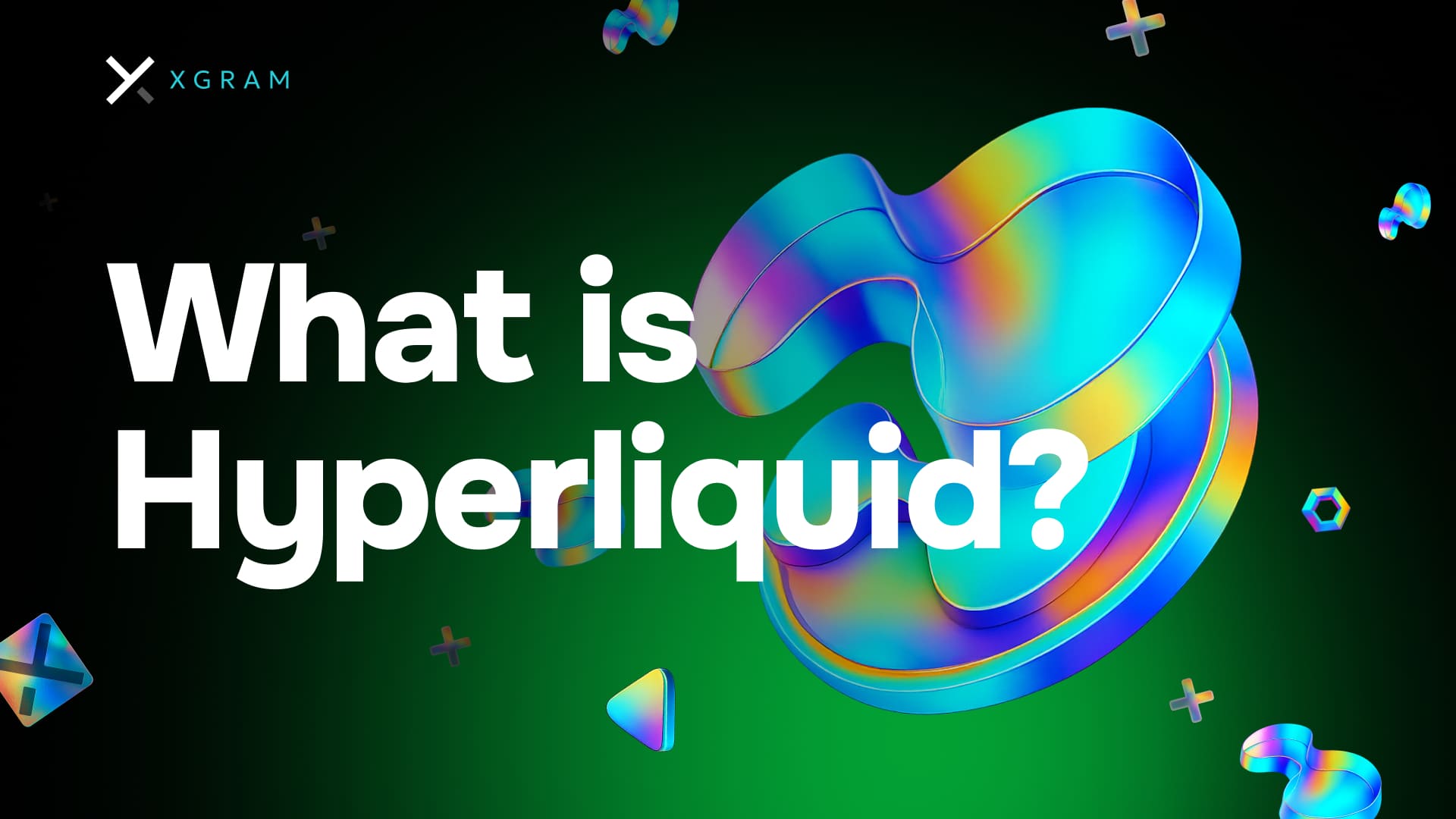
Hyperliquid is a trading-first L1 with a fully on-chain order book and self-custody. Supports spot and perpetual futures with familiar CEX-style order types and risk controls. You pay maker/taker fees plus network fees; execution quality depends on depth and volatility. Self-custody means you manage keys and approvals; most losses come from user-side mistakes. HYPE is the native token tied to governance, staking, and potential value capture (check current tokenomics).

Trust Wallet is a free, self-custody crypto wallet that supports multiple blockchains. You control your private keys, which grants you full ownership of your assets. The simple interface helps you send, receive, and even stake coins with just a few taps. Built-in features like DApp browsing and NFT storage make it ideal for beginners and experienced users.
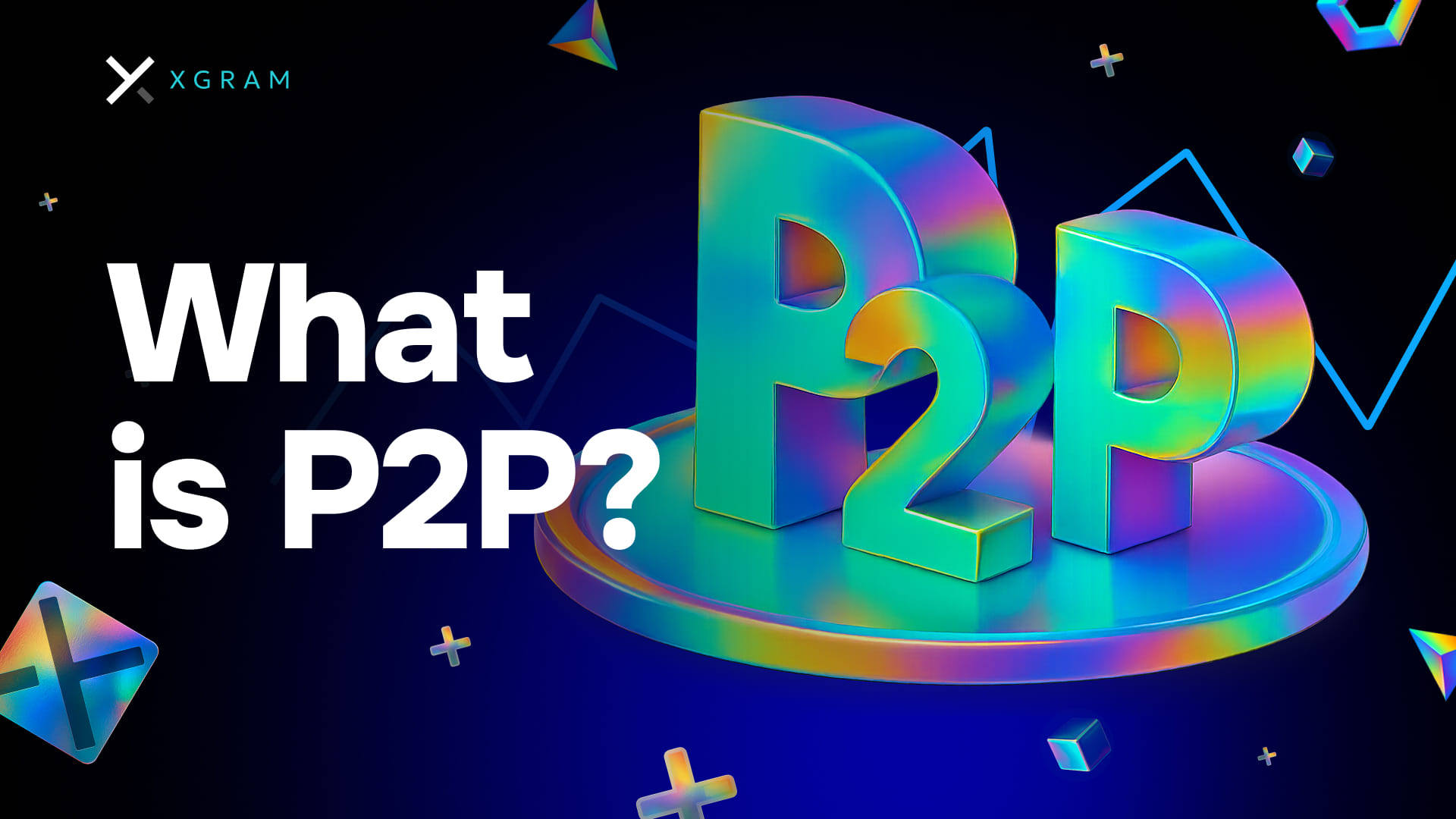
tl;dr: Peer-to-peer trading helps you trade assets with another person, cutting out typical middlemen. You gain flexibility in price and payment methods, though it comes with some trust factors. Many crypto exchanges also have a P2P section that gives you more control over each transaction. For a starter or casual trader, P2P could feel simpler—and potentially cheaper—than a traditional marketplace.
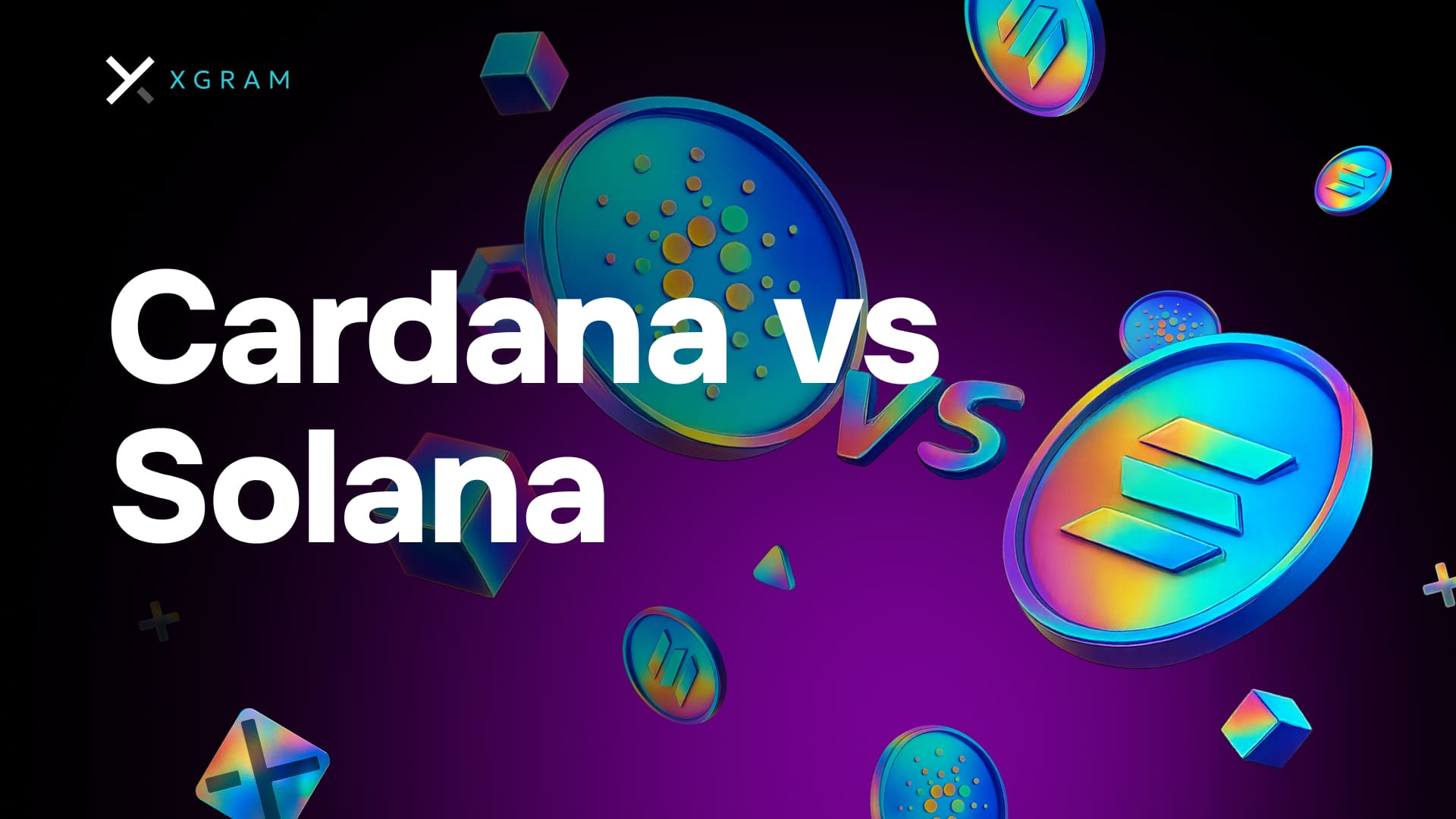
In short, Cardano focuses on meticulous research and peer-reviewed tech, making it a cautious but robust option. Solana, meanwhile, touts lightning-fast transactions and a rich ecosystem for decentralized apps. Both blockchains aim to tackle the same big crypto challenges, like scalability, speed, and interoperability. At the end of the day, your decision may boil down to balancing reliability, innovation, and the kind of developer community you want to support.
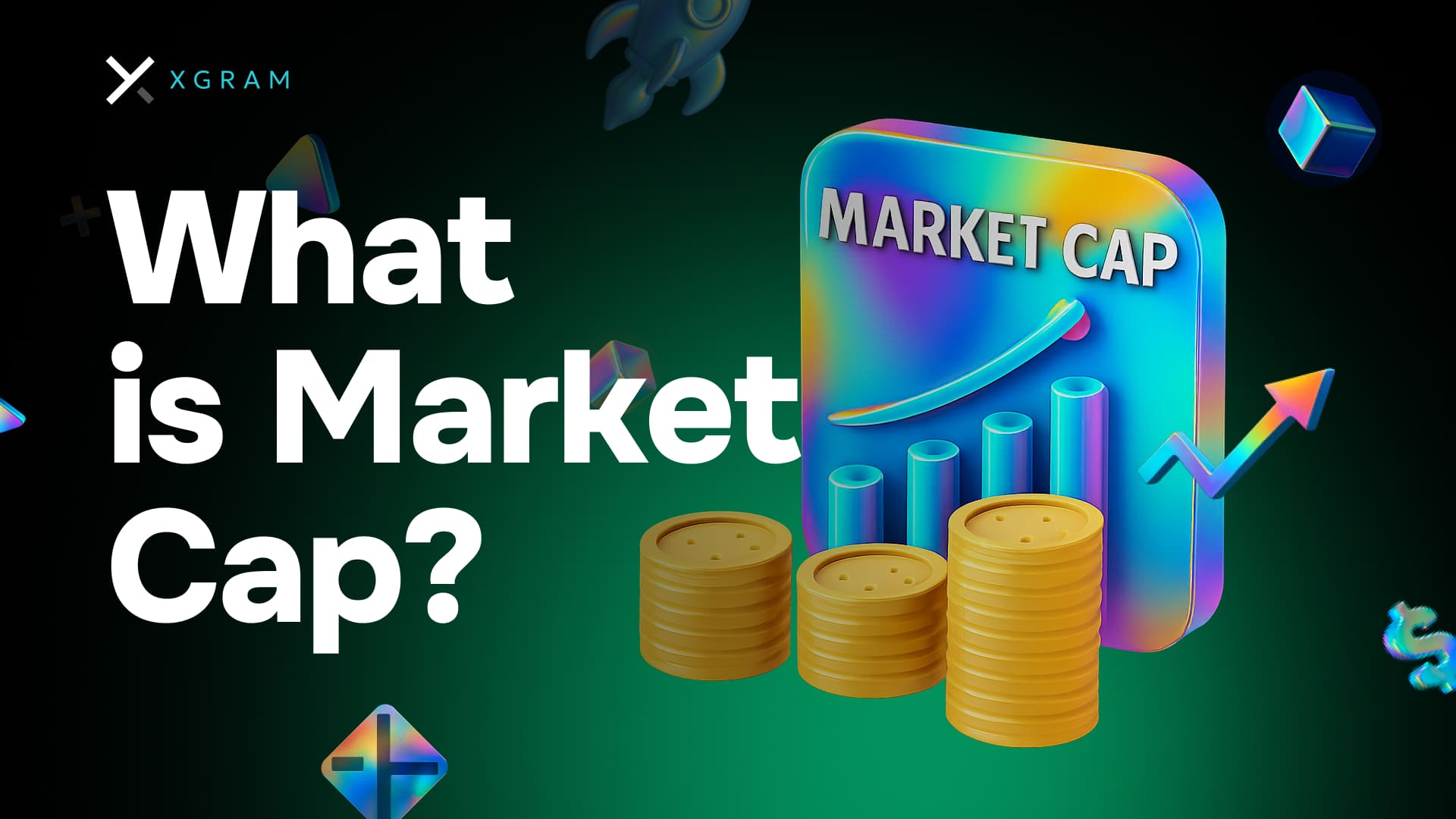
Market cap is a snapshot of how the market values a cryptocurrency at a given time. It’s calculated by taking the current price per coin or token and multiplying it by the circulating supply. Market cap helps you compare different crypto projects at a glance—bigger isn’t always better, but it’s a starting point. You’ll discover why it matters, how to calculate it properly, and how to avoid common misunderstandings.
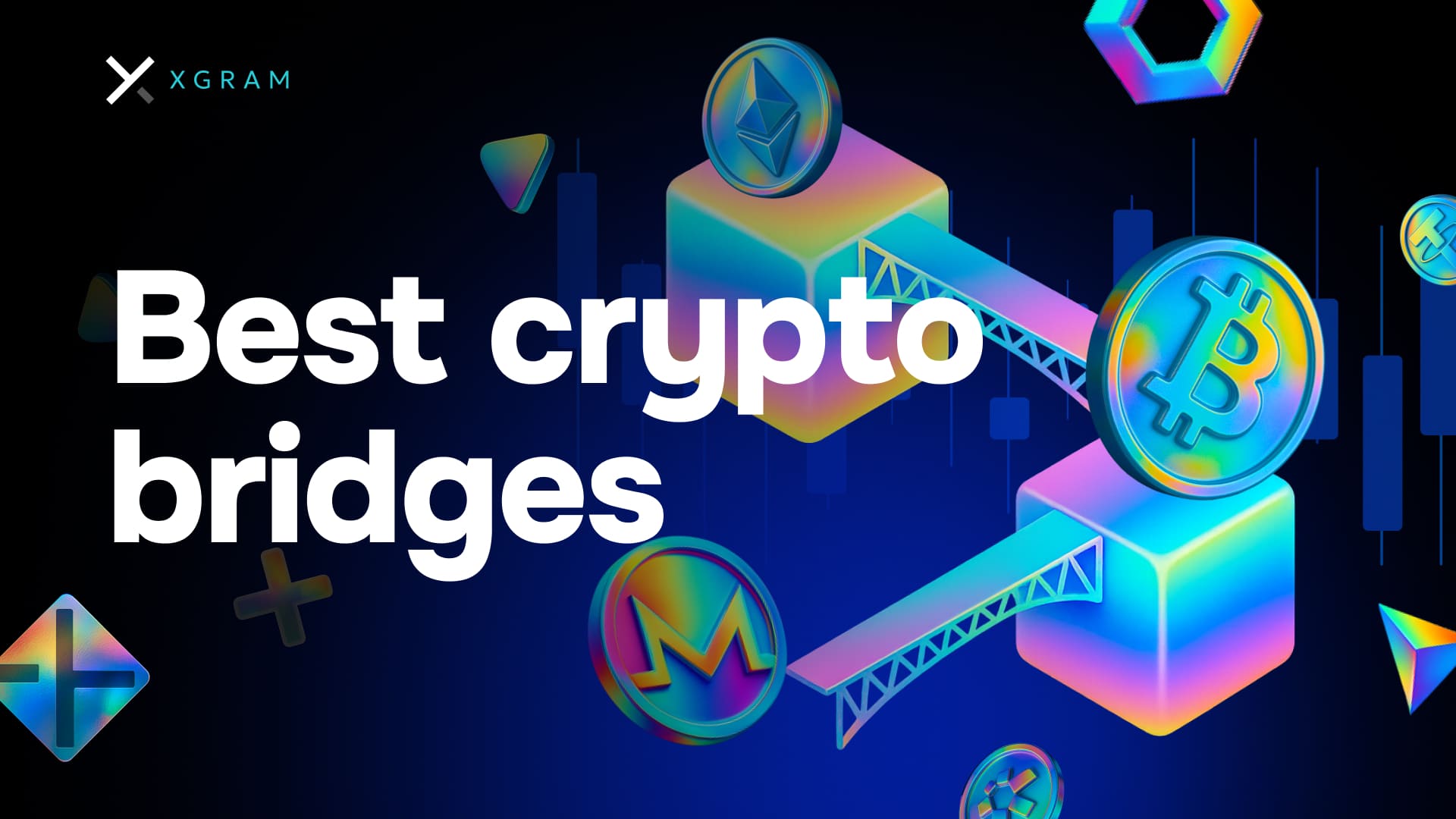
Bridges let you transfer tokens, NFTs, or arbitrary data between distinct blockchains quickly. They help you tap into better liquidity and arbitrage opportunities on multiple chains. Most solutions aim to balance security and speed, though costs can vary significantly. Having a few reliable options ensures you can capture more yield, reduce fees, and never miss an on-chain opportunity.
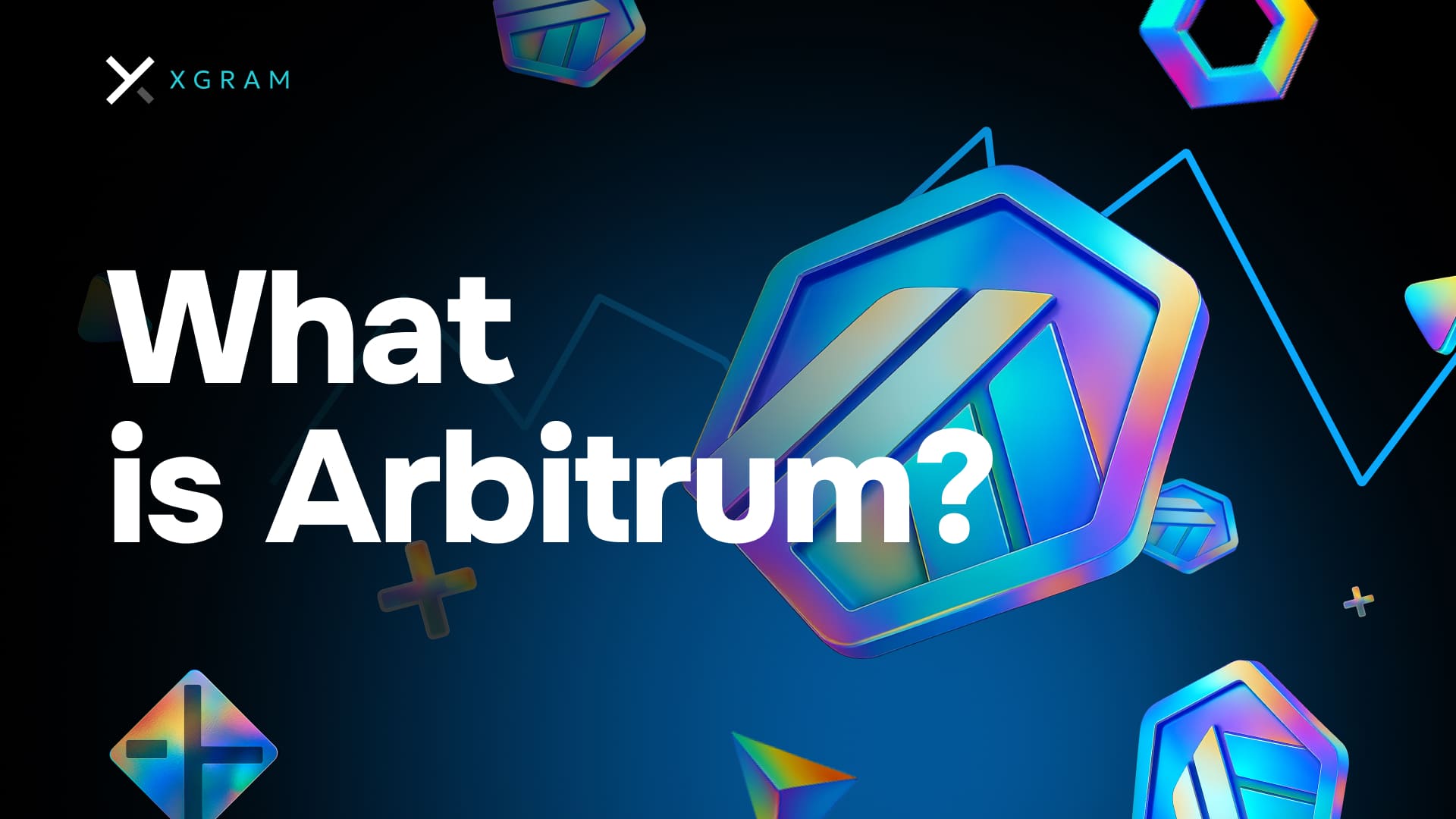
Arbitrum is a Layer 2 scaling solution for Ethereum that makes everyday transactions cheaper and faster. It bundles multiple Ethereum transactions off-chain, then secures them with an optimistic rollup system. DeFi users see significant gas savings, and developers enjoy smoother dApp performance. Whether you trade daily or just explore new tokens, Arbitrum can reduce network congestion and open up cost-effective opportunities.

Bridging in crypto refers to transferring assets, such as tokens or NFTs, between different blockchains. It’s important when you need access to DeFi apps and features that might not exist on your original chain. Different bridges use varied approaches, from trusted custodians to fully decentralized protocols. While bridging can be beneficial, always be mindful of the risks, such as smart contract bugs and liquidity issues.

You want to swap stablecoins across chain with minimal slippage. The idea centers on stable swap pools—liquidity protocols designed for tokens that track the same value (like different USD stablecoins). When done right, cross-chain swaps can help you pursue arbitrage, diversify assets, or move liquidity to a higher-yield network. In this ultimate guide, you will learn how these pools work, how to limit slippage, and how to manage risk in the process.
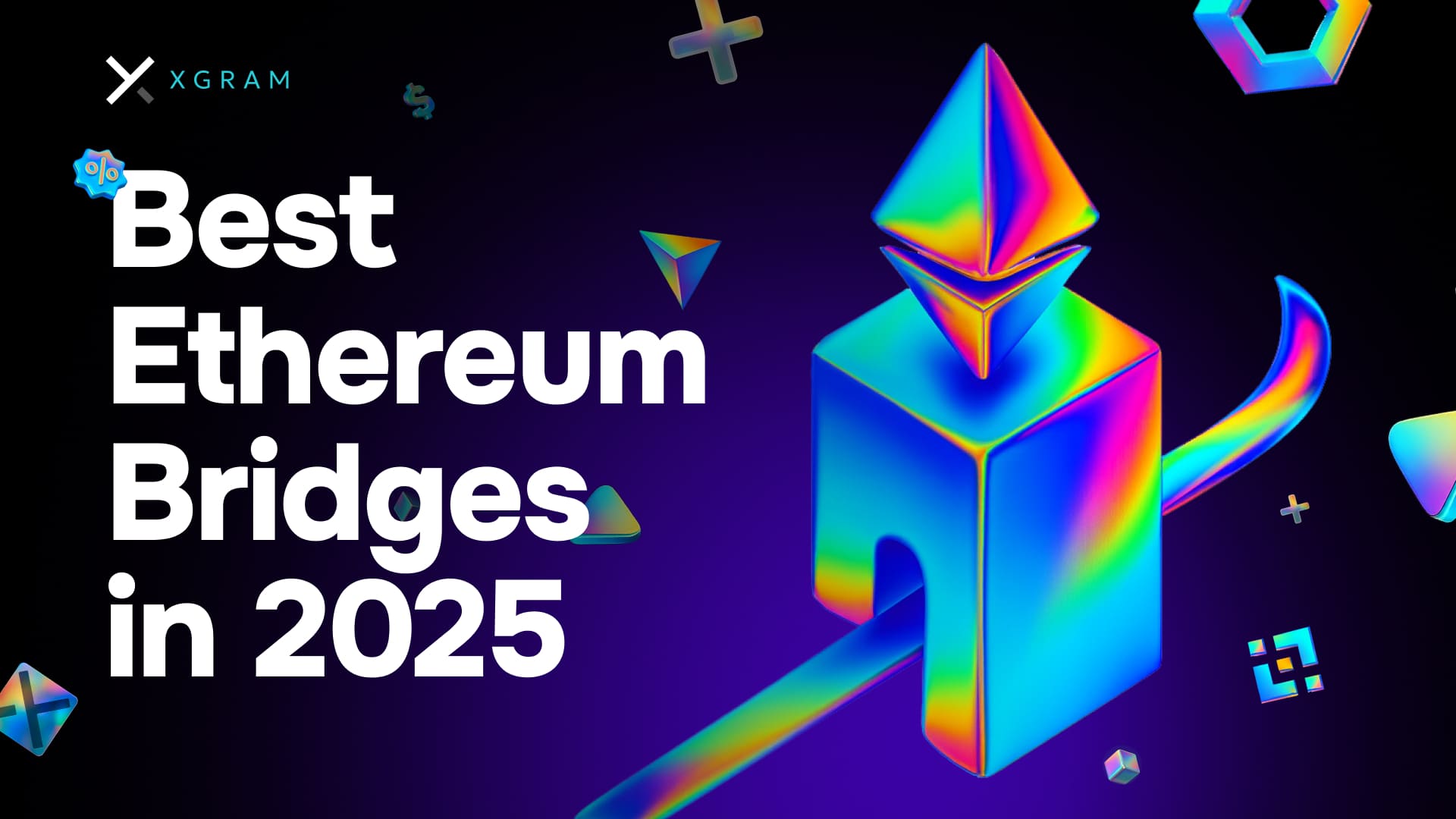
Ethereum bridging is the process of transferring tokens or assets from Ethereum to other blockchains (or vice versa) in a secure, fast way. The best Ethereum bridge for you depends on your priorities: low fees, high security, or a versatile token selection. Reputable bridging tools typically provide near-instant transfers and robust safeguards against hacks. Before you commit your capital, check bridging costs (gas plus protocol fees) and confirm the destination chain is well supported.